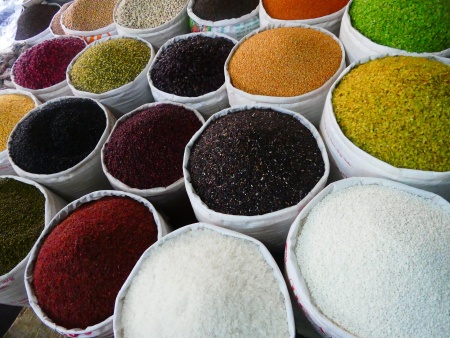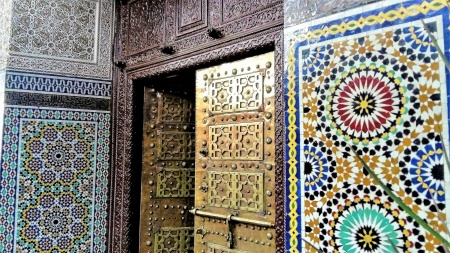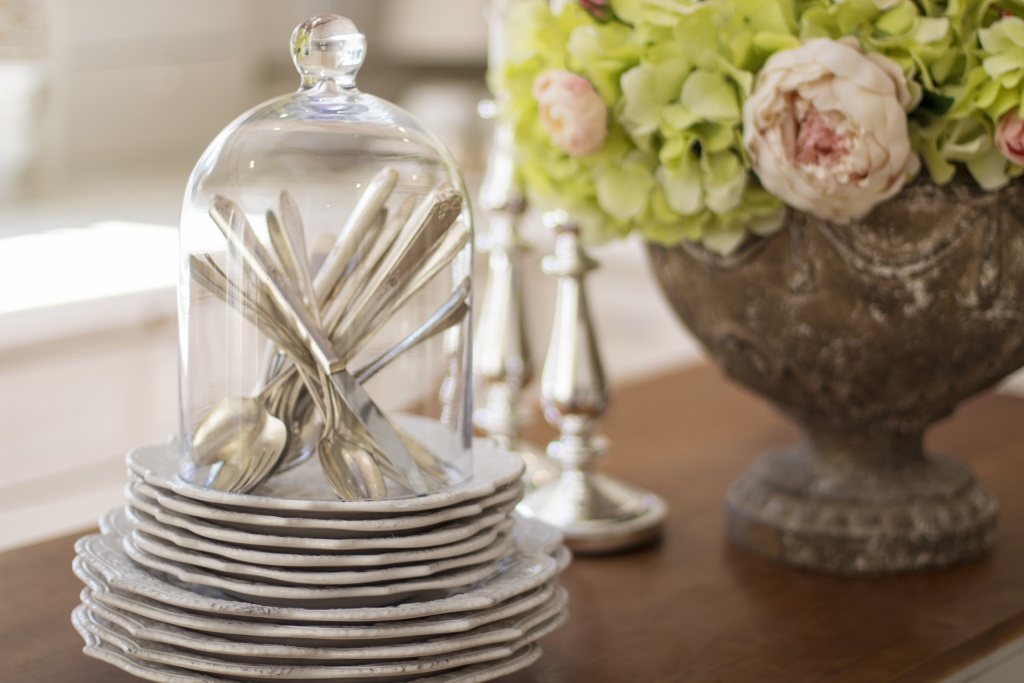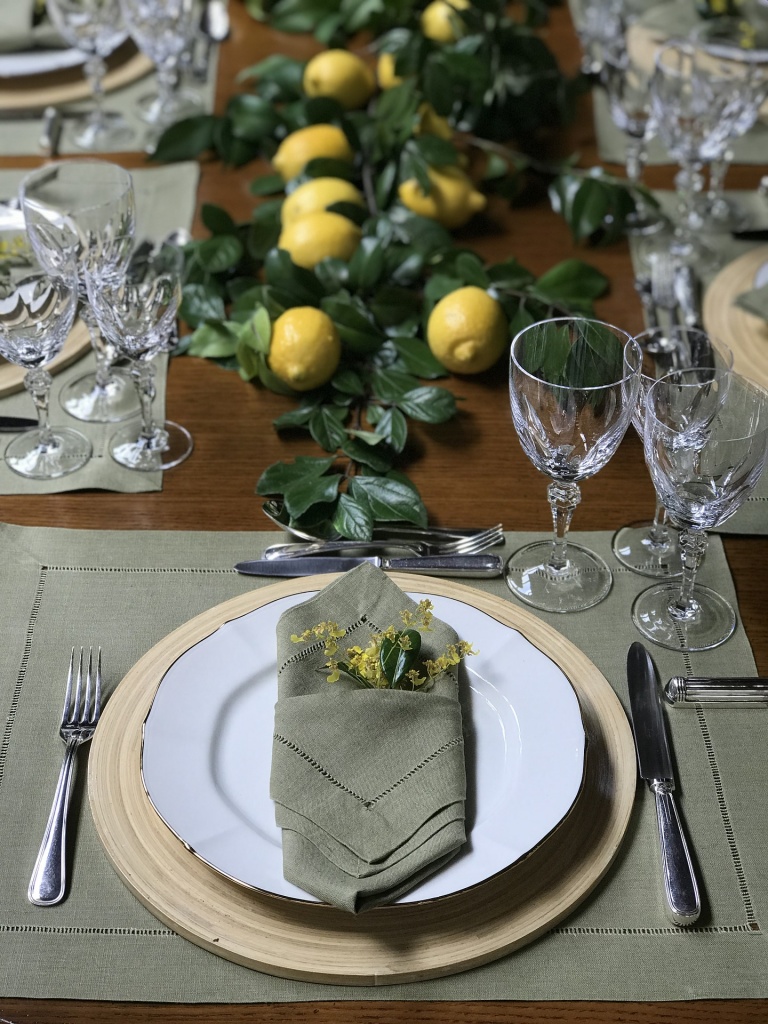 Moroccan architecture is shaped largely by centuries of Middle Eastern culture and Roman influences. Creating this elegant décor in your home can offer a dramatic and versatile interior. This style ranges from the sophisticated, using a peaceful earth-tone palette, to a more glamorous mood when accented with bold, bright colors. Blending colors, textures, and patterns to suit your style preference is important in achieving an inspired ambiance.
Moroccan architecture is shaped largely by centuries of Middle Eastern culture and Roman influences. Creating this elegant décor in your home can offer a dramatic and versatile interior. This style ranges from the sophisticated, using a peaceful earth-tone palette, to a more glamorous mood when accented with bold, bright colors. Blending colors, textures, and patterns to suit your style preference is important in achieving an inspired ambiance.
Color Scheme
Moroccan designs are known for using hues of spices.
- If you seek a more tranquil surrounding consider white walls and accent with muted colors of turmeric and cumin.
- Add flavor with a touch of paprika red or saffron yellow.
- For more striking color use contrasts of bright yellow, cobalt blue, succulent orange and reds, or vivid pink.
- Because hospitality is part of the essence of Moroccan style, the festive tones of rich blues, orange, and pink can provide the perfect atmosphere for entertaining and hosting special celebrations.
- Paint the entire wall or add a pop of color to a door.
- You can find color inspiration anywhere, including art, tiles, dishes and fabrics. Find a favorite piece and work from there!
- Choose colors that are pleasing to you and your family, and that you are willing to live with day-to-day.

Patterns
Moroccan décor is known for intricate and artistic geometric tiling, known as zillij. These design patterns are a key ingredient in creating a beautiful Middle Eastern décor and were known as a sign of cultural privilege.
- You can successfully incorporate a subtle hint of the zillij effect by adding geometric shaped tile patterns to trims, door frames, tabletops, benches, cupboard doors and backsplashes.
- Such elaborate tiling can be time consuming and costly, but you can cleverly use paint and stencils to give the illusion of zillij.

Architectural Details
Just a few architectural details can bestow an interior space with Moroccan charm.
- Add texture and interest to interior walls using a stucco finish prior to painting.
- Get a simple door noticed by adding wood molding and painting with rich hues of red, orange, or gold.
- Place arch-framed elements such as wrought-iron, wood or lattice work above windows and doorframes for a quick and easy solution when wanting more detail.

Furniture
Furnishings came help pull your look together.
- Consider using an L-shaped couch with fine lines and generously adorn with piles of plush pillows in contrasting colors, patterns and textures.
- Carved and inlaid wood is popular in Moroccan décor and can easily be found in readymade armoires, tables, chairs and divider screens.
- Vibrant upholstery furnishings create striking decor, though you may want to consider pure white upholstery for a soft, more relaxing interior.
- Add plump floor cushions in complementary colors for additional seating.
- Canopy tenting is often found above beds and seating areas; this is a simple, yet romantic addition to Moroccan design.
photo credit: marcp_dmoz via photopin cc
photo credit: Moroccan Mosaic from Indonesia via photopin cc






